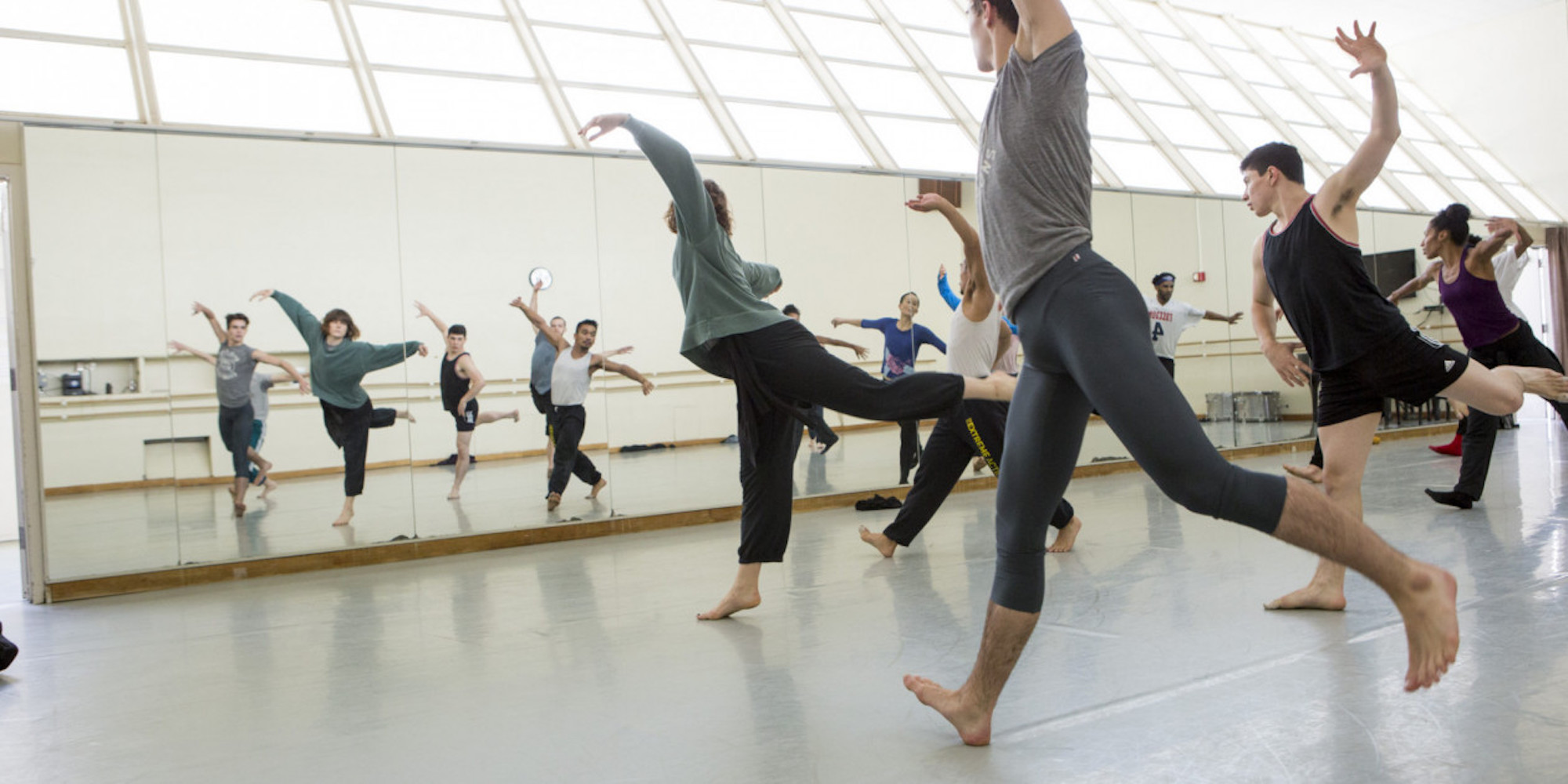
12 May What Happens When You Dance On An Empty Stomach
Dancing on an empty stomach is like skipping a warm-up before class or going onstage with no rehearsal: It might seem like a shortcut, but it’ll seriously mess with your performance. There are some valid reasons why dancers get into this habit. For starters, it can be uncomfortable or nauseating to work out at a high intensity right after eating a big meal. Choreography often requires dancers to move quickly, so you want to feel light and nimble. But there are also a lot of myths about fasting before exercise. Some dancers assume that skipping meals or following the trendy “intermittent fasting” diet is a way to speed up weight loss, for example. In reality, your body needs food to stay energized so you can put in the work for a long day of classes and rehearsals. By eating enough, you’ll be able to put more into your training and expend more energy, which can help you with your body composition goals. Restricting food intake can decrease your ability to read cues like hunger and satiety; ignoring hunger cues never leads to a higher-performing, healthy body.
Your muscle tissue breaks down
After you eat, your body incorporates the nutrients—carbs, protein, fat—into different functions for the body. The most accessible source of fuel for athletic performance is glucose, a type of sugar that comes from carbohydrates. Carbohydrates give you quick and efficient energy that you need to support high-level training. When your body doesn’t use glucose right away, it can be stored in the liver and muscles as glycogen. If you go an extended period of time without replenishing that glycogen through food, your body will start to dip into your muscle-protein stores. When that ideal fuel is gone, the body will often turn to breaking down muscle tissue since it’s more readily available than body fat, especially if you’re working out intensely. That can end up negatively affecting your muscle mass, and take away from what protein should be doing, such as repairing and rebuilding muscles.
Decrease in Focus
Your brain needs glucose to help you remember combinations and stay alert while you dance. On an empty stomach, you might be able to dance for a few hours. But eventually, you’ll get shaky and fatigued, and you won’t be able to complete steps with the same power as you typically do. Low blood sugar can also make you feel lightheaded, nauseous, or dizzy, which can increase your risk of falling.
Impaired Recovery
When you don’t fuel properly before dancing, your body struggles to repair itself afterward. Your muscles need glycogen to rebuild the small muscle tears that occur during exercise and restore your energy levels. If you regularly skip meals before or after dancing, you could struggle with decreased energy, poor recovery, and increased muscle soreness. You might even be more prone to injuries or illness, Ansari says, since your body needs food to help support a strong immune system.
When to Eat
Experts recommend eating a meal three to four hours before you start dancing, and a snack an hour or two before to top off those energy stores. As you get closer to rehearsal or class, stick to foods that are easily digestible and will give you carbohydrates for quick energy, such as bananas, toast, applesauce, or granola bars. Limit foods that are high in fat or protein, which take longer to digest. Keep snacking every three to four hours throughout the day to keep your energy stable and prevent muscle breakdown.
